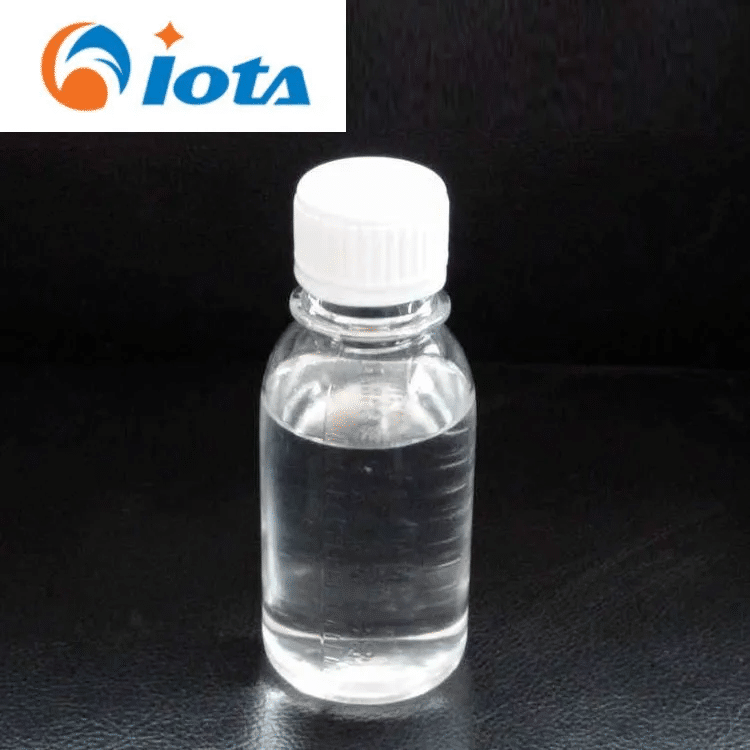On October 15, 2025, Ordos, Inner Mongolia - Driven by the dual goals of "dual carbon" and independent and controllable high-end manufacturing, China's organic silicon industry has achieved a milestone breakthrough. Today, a national level new material base announced that its independently developed "High Purity Dimethyl Cyclosiloxane Mixture (DMC) Large Scale Preparation Technology" has passed the scientific and technological achievement appraisal, marking China's complete elimination of import dependence in the field of organic silicon core raw materials and providing key material guarantees for strategic industries such as photovoltaic film and semiconductor packaging.

Technological breakthrough: a leap from 99.5% to 99.999%
DMC, as the basic raw material for the synthesis of organic silicon monomers, directly affects the performance of downstream products in terms of its purity. For a long time, the high-end DMC market has been monopolized by an international chemical giant, whose product purity reaches 99.999% (5N level), while domestic enterprises generally remain at 99.5% (2N level), resulting in limited applications in high-end fields such as semiconductor packaging adhesives and photovoltaic EVA films.
The key to this breakthrough lies in the "molecular sieve dynamic adsorption distillation coupling technology". The R&D team introduced a nano porous molecular sieve adsorption layer into the traditional distillation tower, reducing the metal ion content in DMC from ppm to ppb level. At the same time, they innovatively adopted a dual tower series process to stabilize the product purity to 5N level. According to third-party testing, the DMC produced by this technology has a 30% increase in thermal stability at a high temperature of 180 ℃, fully meeting the stringent requirements of semiconductor grade silicone rubber.
Industrial linkage: Accelerating the "de beautification" of photovoltaic and semiconductor supply chains
With the implementation of technology, leading domestic enterprises have initiated capacity expansion. The 100000 ton/year high-purity DMC production line newly built by a listed company in the Ordos base has been officially put into operation, and its products are supplied to photovoltaic giants such as Longi Green Energy and Zhonghuan Shares in the first batch. According to calculations, using domestically produced high-purity DMC photovoltaic adhesive film can increase its transmittance to 93.5%, extend its UV aging resistance time to 25 years, and improve the power generation efficiency of a single photovoltaic module by 0.8%.
In the semiconductor field, the "low stress silicon gel" developed by a packaging material enterprise using domestic DMC has passed the Yangtze River Storage Certification, and its coefficient of thermal expansion (CTE) has dropped to 80 ppm/℃, 40% lower than that of imported products, effectively solving the problem of interface stress in advanced process chip packaging. At present, the material has entered the supply chain of enterprises such as Huahong Group and Jita Semiconductor. It is expected that the market share of domestically produced semiconductor packaging silicone will increase from 12% to 35% by 2026.
Green transformation: synchronous breakthrough in waste recycling technology
While pursuing high performance, the industry is also exploring low-carbon paths. This mass production project is equipped with the world's first "DMC waste closed-loop recycling system". Through catalytic hydrogenation cracking process, the siloxane chain segments in the production waste are re depolymerized into monomers, with a recovery rate of 95%. According to calculations, this system can reduce energy consumption by 22% and carbon dioxide emissions by 1.8 tons per ton of DMC production, providing technical support for industry carbon footprint tracing.
In addition, the "bio based DMC pilot plant" developed by a certain research institute has also been put into operation simultaneously in Inner Mongolia. This technology uses corn stalks as raw materials and extracts organic silicon precursors through enzymatic hydrolysis fermentation process, reducing production costs by 18% compared to petroleum based routes. If large-scale application is achieved, 2 million tons of straw can be consumed annually, opening up a new path for high-value utilization of agricultural waste.
Market pattern: Global pricing power shifts to China
According to data from the China Fluorosilicon Organic Materials Industry Association, the export volume of DMC in China increased by 57% year-on-year in the first three quarters of 2025, with the proportion of high-purity products jumping from 8% to 23%. With the breakthrough of domestic technology, the international market price system is being restructured - since September, the price of imported DMC has dropped from 32000 yuan per ton to 26000 yuan, while the price of domestic high-purity products has remained stable at 28000 yuan, highlighting the cost-effectiveness advantage.
This is not only a technological breakthrough, but also a reshaping of the industrial ecosystem, "said an expert from an industry association." In the next three years, China is expected to control more than 60% of the global DMC pricing power, promoting the transition of organic silicon from 'Made in China' to 'Chinese standards'. ”
Conclusion
The breakthrough of high-purity DMC from laboratory to mass production of tens of thousands of tons, from photovoltaics to semiconductors, confirms the logic of the rise of China's new materials industry: driven by application scenarios, through deep integration of industry, academia and research to overcome "bottleneck" technologies, and ultimately achieve independent and controllable industrial chain. With the deepening of the "dual carbon" strategy, organic silicon materials are writing a new chapter of growth in fields such as new energy, electronic information, and biomedicine.
